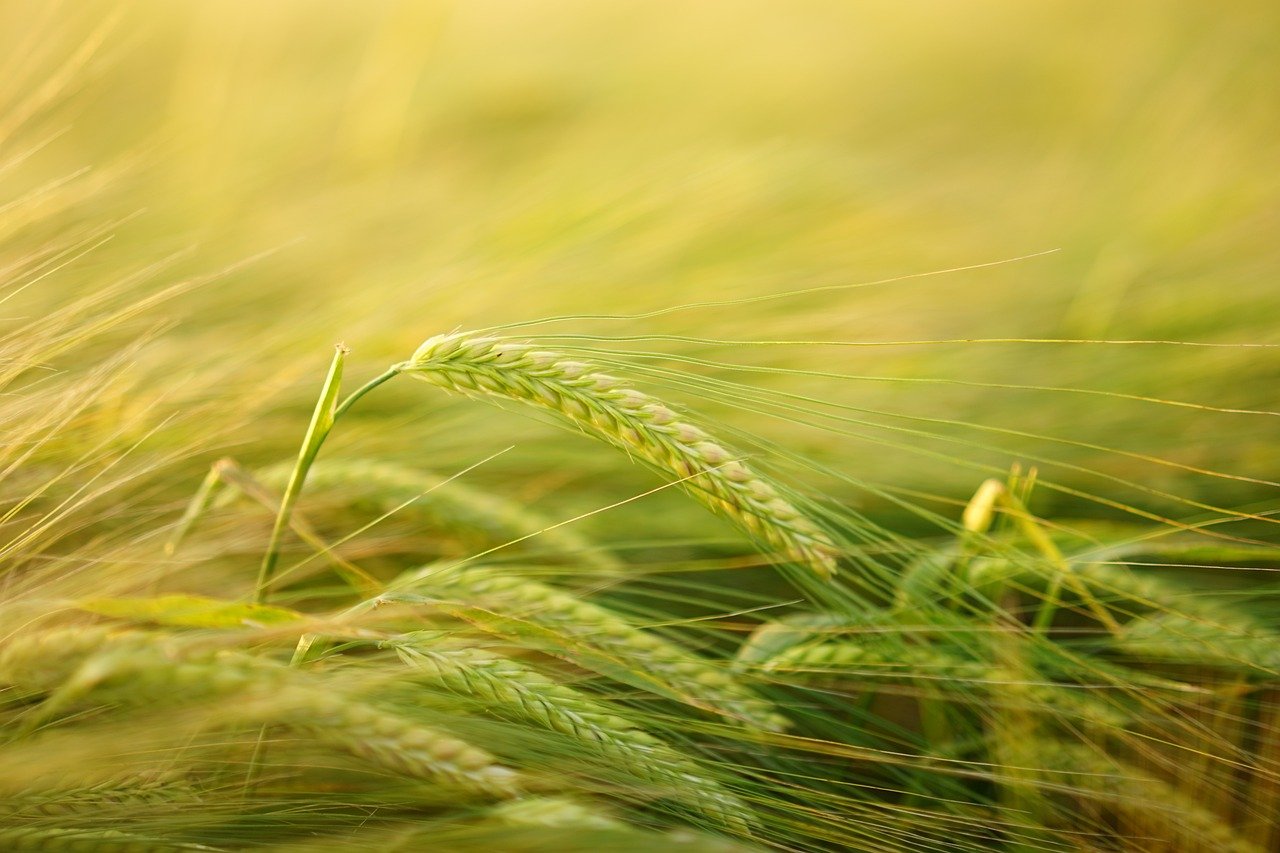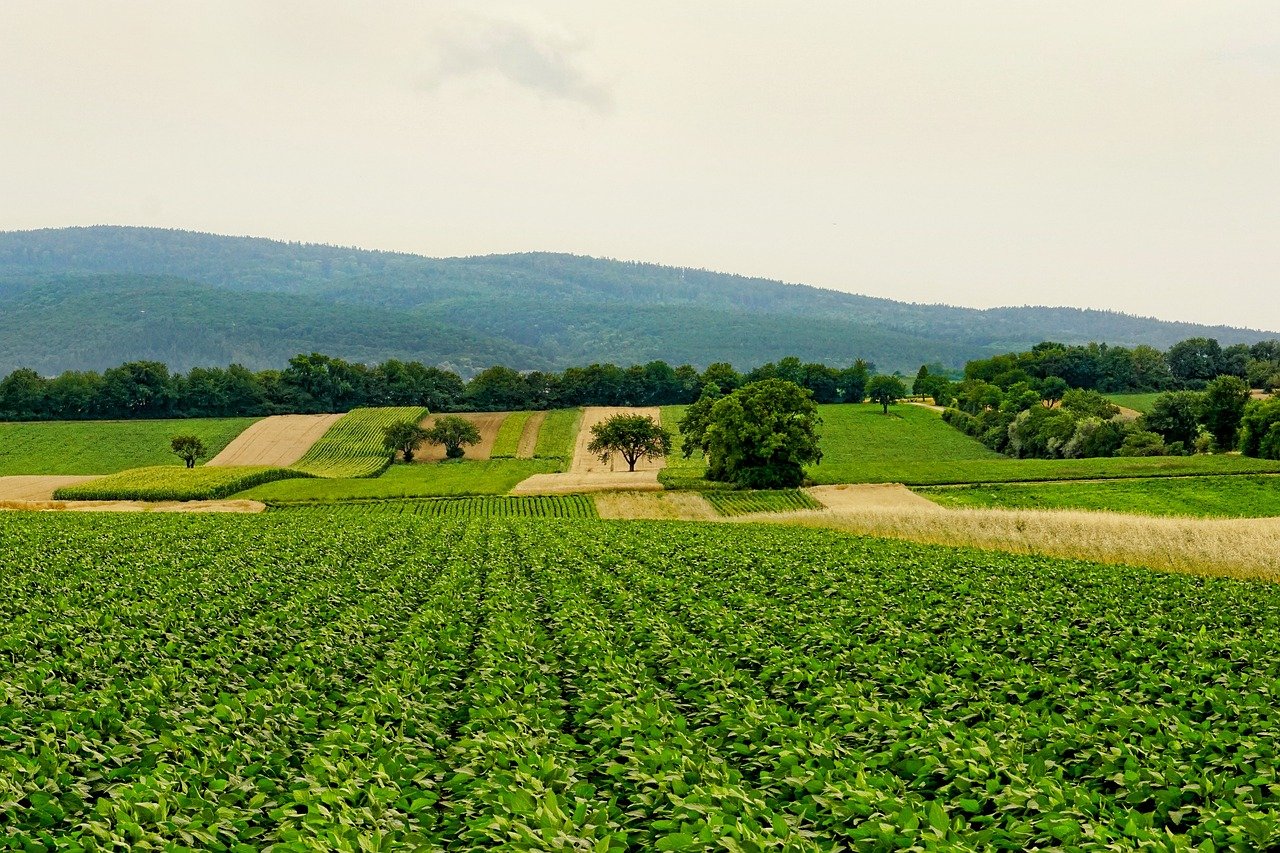
Have you ever wondered how we can sustainably grow crops in urban areas with limited space and resources? Vertical aeroponics offers a promising solution. This innovative method of farming involves growing plants in vertically stacked layers, with their roots suspended in the air and misted with nutrient-rich water. By maximizing efficiency and optimizing plant growth, vertical aeroponics offers numerous benefits, such as increased crop yields, reduced water usage, and a smaller carbon footprint. In this article, we will explore the fascinating world of vertical aeroponics and how it can revolutionize urban farming. Get ready to dive into a world where agriculture meets innovation!
What is Vertical Aeroponics?
Vertical Aeroponics is a cutting-edge cultivation technique that revolutionizes the way plants are grown. Unlike traditional farming methods, vertical aeroponics does not require soil or a horizontal growing area. Instead, plants are suspended vertically in a growing system where their roots are exposed to a nutrient-rich mist, allowing for optimal growth and development. This innovative approach to agriculture has gained popularity in recent years due to its numerous advantages and the potential it holds for the future of farming.
Definition
Vertical aeroponics is a method of growing plants in a vertical system without the use of soil. Instead, plants are suspended in a structure that allows their roots to be sprayed with a nutrient-rich mist. This mist provides the plants with all the necessary nutrients required for growth and development. By eliminating the need for soil, vertical aeroponics maximizes space efficiency and reduces the risk of soil-borne diseases.

How It Works
In a vertical aeroponics system, plants are placed in specially designed towers or columns that allow for the optimal distribution of nutrients and water. The plants are suspended vertically, with their roots exposed to a fine mist containing a carefully balanced mixture of water and essential nutrients. This mist is continuously sprayed onto the roots, ensuring that the plants receive a consistent and ample supply of water and nutrients.
To create the mist, a high-pressure misting system is used. This system atomizes the nutrient solution, creating tiny droplets that are easily absorbed by the plant roots. The mist is evenly distributed throughout the vertical structure, reaching every plant and providing them with the necessary hydration and nutrients they need to grow.

Advantages
Vertical aeroponics offers a multitude of advantages over conventional farming methods. Let’s explore some of the key benefits:
Increased Crop Yield
One of the most significant advantages of vertical aeroponics is the potential for increased crop yields. By exposing the plant roots to a nutrient-rich mist, they are able to absorb nutrients more efficiently, leading to faster and more vigorous growth. Additionally, the vertical arrangement of the plants allows for maximum sunlight exposure, further enhancing photosynthesis and promoting healthy plant development. The increased crop yield is a valuable asset for farmers looking to maximize their production and profitability.
Water Conservation
Vertical aeroponics is an incredibly water-efficient method of cultivation. In this system, water is recycled and reused, minimizing wastage. The nutrient mist is delivered in precise amounts, ensuring that plants receive the necessary hydration without excess water runoff. Compared to traditional farming methods, vertical aeroponics can reduce water usage by up to 90%. This not only helps conserve precious water resources but also makes farming more sustainable and environmentally friendly.
No Soil Required
Unlike traditional farming techniques, vertical aeroponics eliminates the need for soil. Instead, plants are grown using an inert medium such as rockwool or coco coir, which provides support for the roots while allowing access to air and nutrients. By removing soil from the equation, farmers can avoid soil-borne diseases and reduce the need for pesticides or herbicides. Additionally, the absence of soil makes vertical aeroponics suitable for areas with poor soil conditions or limited land availability.
Space Efficiency
Vertical aeroponics allows for the cultivation of plants in a vertical arrangement, making it an incredibly space-efficient technique. By utilizing vertical space, farmers can grow more crops in a smaller area compared to traditional horizontal farming methods. This is particularly beneficial in urban settings where land is limited. Vertical aeroponics opens up new possibilities for growing food in city environments, making urban farming more accessible and sustainable.
Reduced Pests and Diseases
Another advantage of vertical aeroponics is the reduced risk of pests and diseases. Plants grown in a soilless medium are less susceptible to soil-borne pests and pathogens that can cause significant damage to crops. Additionally, the controlled environment of a vertical aeroponics system allows for better monitoring and prevention of pest infestations. Farmers can implement integrated pest management strategies that minimize the need for harmful pesticides, resulting in healthier and safer produce.
Reduced Fertilizer Use
Vertical aeroponics enables precise delivery of nutrients directly to the roots of the plants, eliminating the need for excessive fertilizer application. The nutrient mist is carefully balanced to provide plants with the optimal amount of essential nutrients, reducing wastage and the environmental impact associated with excess fertilizer use. This targeted approach not only saves costs for farmers but also promotes sustainable agriculture practices.
Year-round Production
Vertical aeroponics provides the opportunity for year-round production of crops. By creating a controlled environment within the vertical growing system, farmers can adjust the temperature, humidity, and lighting conditions to suit the needs of different crops. This allows for continuous cultivation, regardless of seasonal changes or weather conditions. With vertical aeroponics, farmers can meet the demand for fresh produce throughout the year, reducing reliance on seasonal imports and ensuring a steady supply of locally grown food.
Minimized Environmental Impact
Traditional agriculture practices can have a detrimental impact on the environment, including soil erosion, water pollution, and deforestation. Vertical aeroponics offers a sustainable alternative that minimizes these negative effects. By promoting water conservation, reducing chemical use, and maximizing space efficiency, vertical aeroponics helps mitigate environmental damage associated with conventional farming. This makes it an eco-friendly choice for farmers and consumers alike.
Healthier and Fresher Produce
Vertical aeroponics produces healthier and fresher produce compared to traditional farming methods. With precise control over the nutrient composition and growing conditions, farmers can ensure that plants receive all the necessary nutrients for optimal growth. The absence of soil-borne diseases and pests also contributes to the overall health and quality of the crops. Furthermore, by minimizing the time between harvest and consumption, vertical aeroponics delivers produce that is exceptionally fresh, retaining maximum flavor, and nutritional value.
Community and Urban Farming Opportunities
Vertical aeroponics presents exciting opportunities for community and urban farming initiatives. With its space-efficient design and controlled growing conditions, vertical aeroponics can be implemented in various settings, including rooftops, abandoned buildings, and even indoor spaces. This opens up possibilities for individuals and communities to grow their own food, fostering a sense of self-sufficiency and promoting healthy eating habits. Additionally, urban farms can contribute to the revitalization of neighborhoods, creating green spaces and educational opportunities for residents.
In conclusion, vertical aeroponics is a groundbreaking agricultural technique that offers numerous benefits. From increased crop yields and water conservation to space efficiency and reduced environmental impact, this innovative method is transforming the way we grow food. With its potential for year-round production and the opportunity it presents for community and urban farming, vertical aeroponics holds great promise for a sustainable and resilient future of agriculture.








